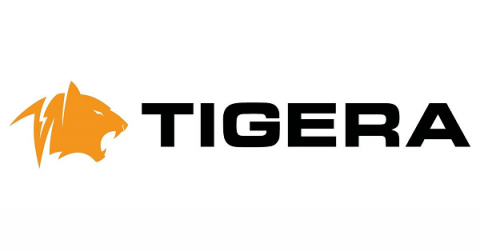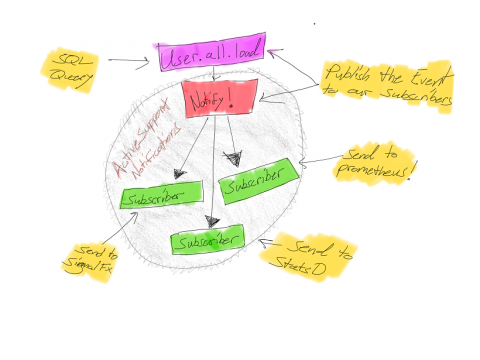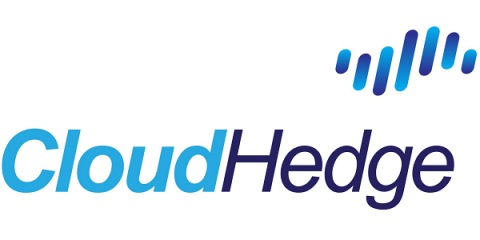Recapping Datadog Summit Seattle 2019
Last month, members of the Datadog community convened in Seattle for our customer summit. There, they discussed new developments in monitoring dynamic infrastructure and applications, learned about the latest updates to the Datadog platform, and shared tips, tools, and techniques from their own experiences.










